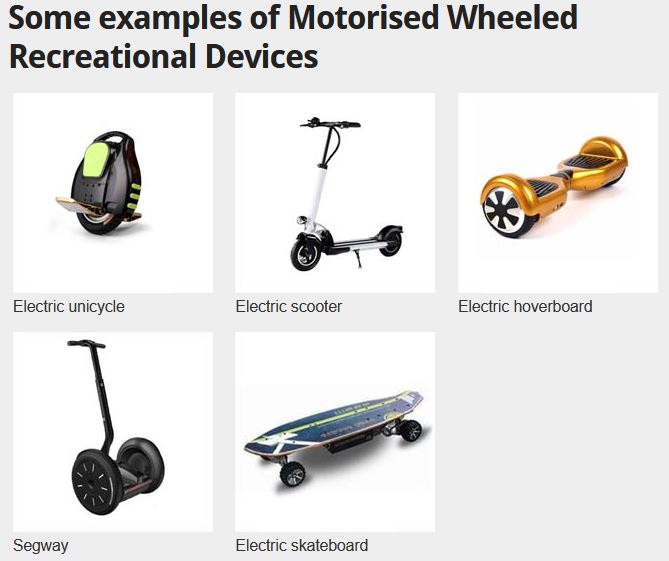E-scooters – great but huge fines can apply for road use (State Guide)
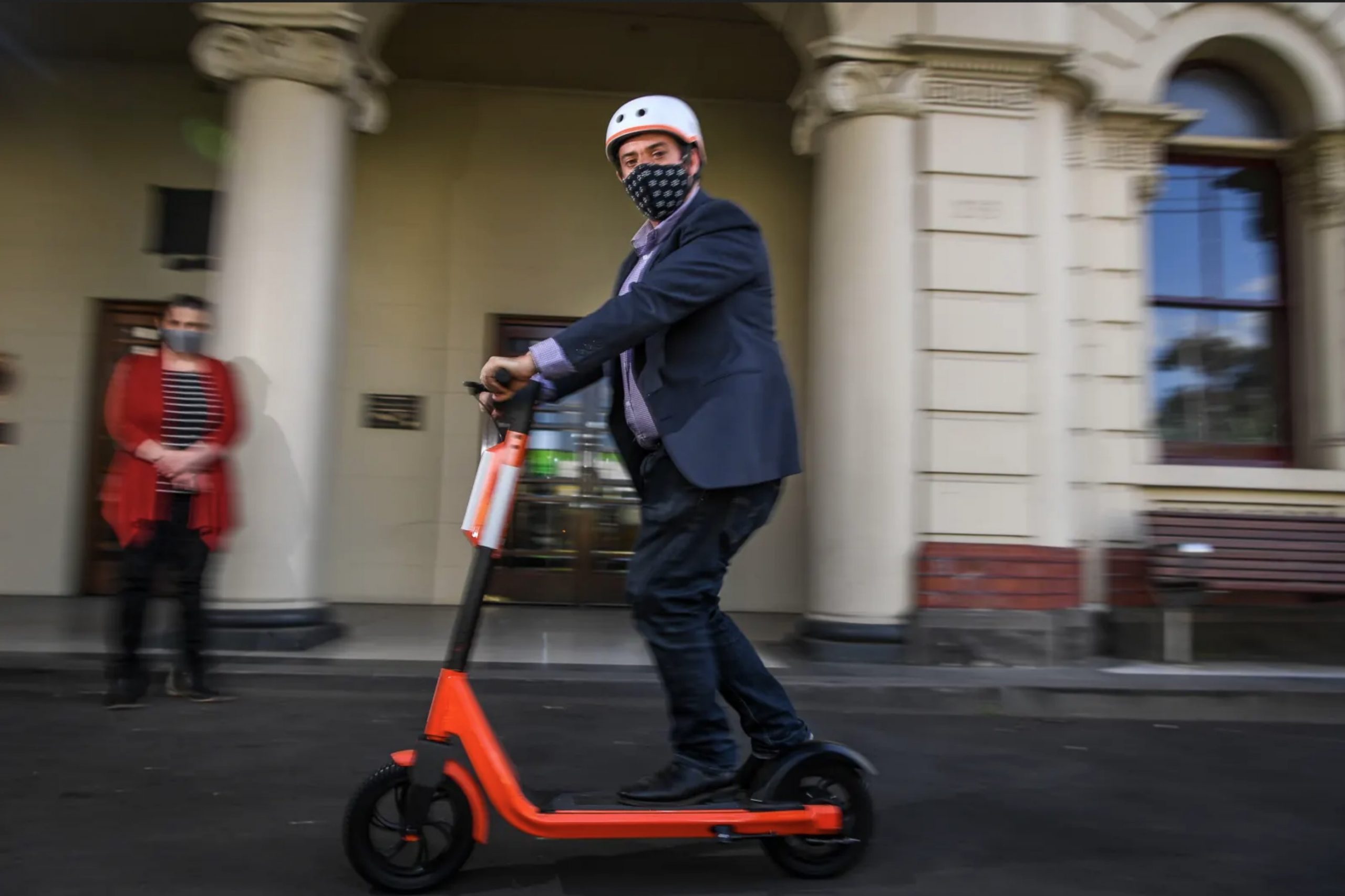
CyberShack thinks e-scooters have their place so please don’t be a hater or teal green troll when we correctly state that using them in many states outside of private property is breaking the law with fines of more than $3,000 in NSW alone. This applies to any motorised ‘vehicle’ (e-scooter, Segway, e-hoverboard, e-skateboards, e-unicycle etc.) apart from conforming e-bikes.
To be clear
The use of privately-owned e-scooters on public or shared footpaths, main roads, on-road bikeways, in parks, and public places is ILLEGAL in many Australian States and Territories (see State exception later).
It seems that the public thinks that public trials have legitimised their use. Especially now as NSW has approved limited trials in limited areas to commence in October 2022. But as we found it is far from open slather!
E-scooters – how legislators see them
CyberShack and most of the general public believe that responsible use in the right circumstances is acceptable.
But to legislators (as they are wont to do), it all boils down to using these unregistered, uninsured vehicles by unlicensed and perhaps lesser skilled users without suitable safety equipment on public roads, footpaths, shared paths, malls, parks, and bikeways.
They need to cover improper use that can be a danger to the user, pedestrians, other motorists, and property. They state that without legislation, road registration, licensing and comprehensive insurance an accident could cost the user:
- Thousands of dollars in fines
- Tens of thousands in medical care
- Millions of dollars in compensation via civil court action
- And even worse criminal action for manslaughter.
Our friend Trevor Long at EFTM points out that fines of more than $3,400 in NSW apply for road use. Ignorance of the law is no excuse.
What is an e-scooter?
Infrastructure Australia has a certification process. Most fail Australian design rules for road use and cannot be used on roads.
An e-scooter becomes classified as a road vehicle if it can travel at 25+kph and has a motor exceeding 200W. Most retail sale e-scooters have single motors over 200W or dual motors (total wattage counts).
The peak body for local councils (LGNSW) has expressed serious concerns about proposed trials
LGNSW supports active and sustainable transport options, but any policy around e-scooters must avoid potential downsides. E-scooters can be great in being affordable, sustainable, and convenient. It wants to ensure we benefit from the good while preventing potential downsides.
For example, it does not want the re-emergence of dumping and abandonment (as with e-bike trials). These cause safety risks, and block thoroughfares. Safety for users and others around them is also paramount.

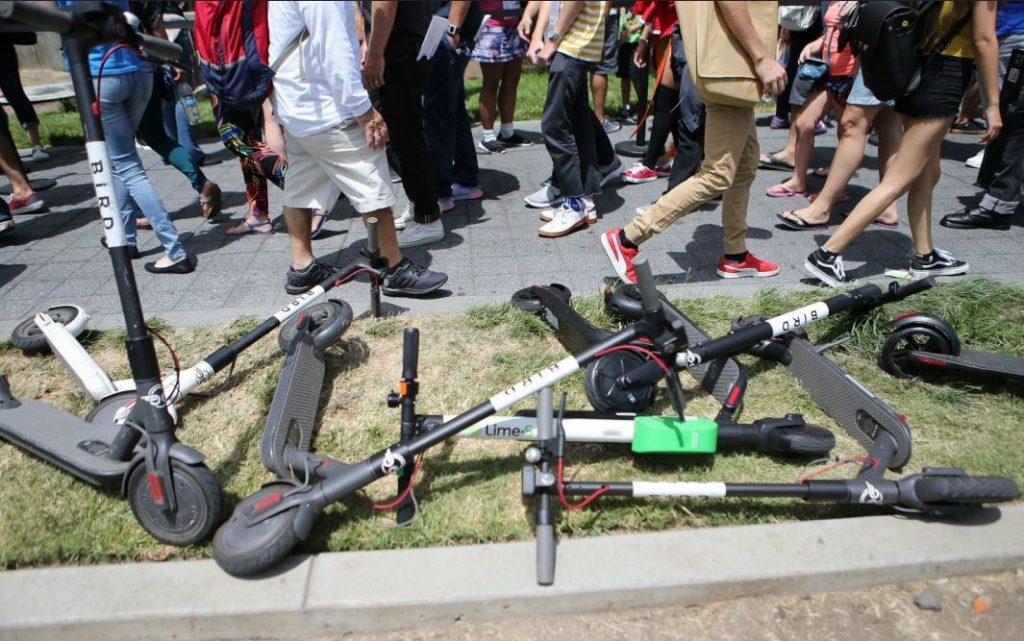
Trials have very strict rules
There are a raft of rules that trail users must agree to
- 18 years minimum age
- Obey the trail speed limit (which varies between 10 and 25kph)
- Ride only on footpaths and shared paths/separated paths (bicycle side only) – No public roads, but you can cross them.
- Do not ride on a road with a speed limit above 50km/h; has a dividing line or median strip; or multiple lanes (if a one-way road) unless it is the only way to avoid an obstruction.
- You must keep left and always give way to pedestrians, mobility devices (such as wheelchairs), cyclists, motor vehicles and any other road users
- Must always wear an approved helmet (a bike helmet may not meet the approved standards)
- Always use suitable protective gear and footwear (closed shoes)
- Not operated under the influence of alcohol, prescription, or illegal drugs
- Be physically capable of using the device, e.g., not have any existing physical, mental, medical, or other condition that may impair the users’ ability to operate it safely
- Abide by all applicable road rules and any other relevant laws and regulations, in particular, the Transport Operations (Road Use Management – Road Rules)
- Use recognised hands signals for turning right and stopping (unless there is a brake light)
- The maximum gross weight of the scooter, passenger and backpack (max 10kg) is nominally 140kg (some are 100kg). The scooter can weigh up to 60kg, which does not leave much leeway.
- No passengers at all – strictly one person
Continued
- Must not use any phone, tablet, laptop, smartwatch, music player, or mobile electronic device while riding
- Must not use headphones, earphones, earbuds, a headset, or other listening devices while riding or otherwise impede the users’ ability to observe and pay attention to their surroundings
- Ride safely and respectfully, be considerate, and watch out for others, especially pedestrians. Ride at a speed that does not put others at risk
- Always stay strictly on paved surfaces – do not go on grass, broken ground or other soft surfaces
- Do not enter a prohibited area. You must dismount.
- Do not ride the scooter outside of the designated riding areas. GPS (geo-fencing) cuts power if ignored.
- Requires warning lights front and rear
- Not for night use (unless properly lit with headlight, tail light, stop light and turn indicators)
- Not for adverse weather conditions (such as storms, flooding, haze, fog, smog, dust storms, reduced visibility conditions, hail, heavy snow, and icy conditions)
- No use for racing, tricks, stunts, or in any other manner other than for personal transport
- Not for commercial use e.g., food or other delivery
- Loss, damage, and harm to pedestrians will result in legal proceedings to the fullest extent of the law. A replacement scooter can cost over $2000.
- Third-party personal and property damage does not apply and could cost millions in compensation
Most e-scooter trial users unwittingly break several of these conditions, which exonerates the trial operator from any liability.
Why are e-bikes OK?
E-bikes can have up to 200W motor. They must be pedal-only up to 6kph, and the engine must cut out at 25kph. Specialist ‘Pedalec’ devices can have up to a 250W motor and display a permanent marking – Power Assisted Pedal Cycles (EN15194).
An e-bike user must abide by all road rules and most e-scooter regulations.
State Rules
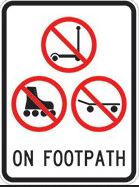
Queensland (apart from trial areas, not private e-scooters)
We have found a relatively new webpage (February 2022). It appears to provide for more liberal use in public spaces and road-related areas of rollerblades; roller skates; powered skateboards; e-scooters (also called rideables with a 200W or less electric motor and a maximum speed of 10km).
- Not on CBD streets or main roads or as signed by local councils or other approved bodies
- Allowable on local streets with a 50km/h or less speed limit. It must have no dividing line or median strip, and if it is a one-way road, it can’t have more than one lane.
- It also allows riders to be at least 16 years of age or 12 with adult supervision.
New South Wales
The NSW Road Rule 240(2)(c) specifically prohibits a person from travelling in or on a motorised wheeled recreational device on a road or public place. These include any device apart from approved e-bikes that are wholly or partly assisted by means other than human power.
E-scooters are fine for private property. If caught outside that there are huge fines including vehicle forfeit. Penalties are cumulative for several offences.
- Using an unregistered vehicle ranges from $686-2200
- As it is uninsurable, the fines are $686-5500
- Not paying registration (and you can’t register them anyway) from $686-1100
- Not wearing an Australian standard approved helmet from $344-2200
- Use while unlicensed from $572-2200
- Use on a suspended licence from $3000, 3-6 months disqualification and up to 6 months prison.
- If disqualified from driving – same as above.
Victoria
Lime e-scooter trials were initially at 10kph and later at 25kph to match the Brisbane trials. We can’t find any published results from the trial.
200W e-scooters are fine on footpaths and some roads if it has a 10kph speed limit. Unfortunately, since most retail electric scooters offer higher specs than the requirement, most e-scooter riders can’t ride in public.
VicRoads states it must travel at <10kph on private property. Fines from $826 and device confiscation apply for use on any road-related areas, including footpaths, shared paths, and public spaces.
South Australia
There are e-Scooter trials in the Adelaide CBD. Queensland rules for powered wheeled vehicles apply.
Outside that is illegal to ride a motorised wheeled device other than private property. Users must be over 18, wear a helmet and cannot exceed 15kph.
SA issues a stern warning.
Many power-assisted wheeled recreational devices available for purchase online or through retail stores are often sold as toys, depicting children riding them. Regardless of the motor’s power output fitted to the device, they cannot be used on roads or road-related areas such as footpaths, bike/pedestrian tracks, or vehicle parking areas.
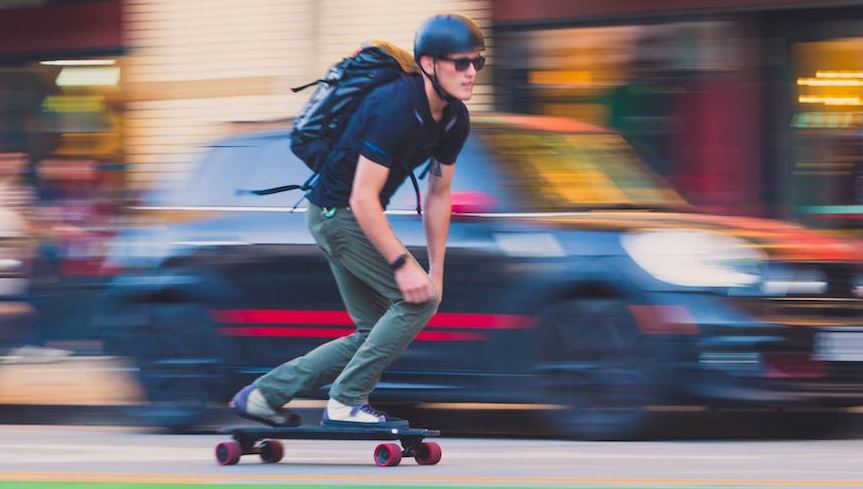

WA (PDF link)
The 368-page traffic code (pages 235-257) has absolutely no exceptions for motorised wheeled devices.
As no e-Scooter or other device can pass Australian Design Rules, they cannot use public footpaths or roads.
The City of Stirling had a 12-month trial of e-scooter rental in February 2021. The City of Perth will soon introduce a two-year trial of an e-scooter share scheme. Esperance, Bunbury and Rockingham are also leading e-scooter share trials. Trials do not apply to privately-owned e-scooters.
Post note: We found this press release dated 17/12/2020 which appears to show a loosening of the rules although the Catch-22 is that they must pass Australian Design rules.
Many e-scooters and e-skateboards available for purchase are illegal to use on public roads and paths in WA. Given the speed at which they can travel and the power of their motors, they can only be used on private property, with riders strongly urged to wear a helmet. E-scooters which are compliant with current WA road traffic regulations can be legally ridden on paths and low speed public roads. Compliant e-scooters have a maximum power output of no more than 200 watts and they cannot travel more than 10 km/h on level ground.
And What are the new eRideable rules? (7/1/2022) – please read this as it appears to be the latest.
Tasmania
A trial in a limited Hobart and Launceston CBD areas resulted in the limited use of rented and personally owned Personal Mobility Devices (including e-scooters and e-skateboards) from 1 December 2021.
Trial riders must be
- 16 years or older (children can use low-powered devices with supervision);
- Can use footpaths (15kph)
- Can use shared and bike paths; local roads (25kph) which have a speed limit of 50km/h or less; no dividing lines or median strip, and no multiple lanes if a one-way road unless signed to the contrary.
- Must obey the Vehicle and Traffic Act 1999 and Road Rules 2019.
ACT (18A)
Canberra trails have similar requirements to Queensland. There are strict rules about using public spaces at significant Commonwealth assets located within the Central National Area, such as
- buildings, memorials, sculptures, fountains, poles, street furniture and trees or left along ANZAC Parade.
- In a public thoroughfare, there must be at least a 2m clearance to allow people to move through the space.
Otherwise, ACT is a little more liberal in the use of e-scooters. Unsupervised riders must be
- 12 years or older
- Cannot ride on public roads or on-road bicycle lanes, except on 50kph residential streets where there is no footpath
- The maximum speed is 15kph on footpaths and 25kph on shared or off-road bike paths. More here.
Northern Territory
The Neuron e-scooter hire trial in Darwin (December 2020) is now to December 2022. No traffic rule changes yet. Definitive rule – private property is the only legal place for e-scooter use.
CyberShack’s view – e-scooter rules may seem draconian, but they are still law
The pro-e-scooter lobby wants their use legalised, but the anti-e-scooter lobby wants strict conditions placed on their use. Both are almost unmovable objects with valid arguments.
The debate on personal mobility devices comes down to several possible outcomes.
- Status quo: PMDs remain unlawful to use in many states on public roads or paths. In the short-to-mid-term, this is the most likely outcome as getting seven States and Territories to agree on universal legislation is near impossible
- Access to most pedestrian infrastructure and bicycle paths at 10 to 15kph. The soft option for specified city and suburban areas and adopted by some States
- Use of most pedestrian infrastructure, bicycle paths and local roads at 25kph and adopted by some States
- Use of most pedestrian infrastructure, bicycle infrastructure and public roads 25kph. Not without comprehensive law changes, licensing users (and the road rules and tests and costs), road registration use fees, and compulsory insurance (CTP estimated at least $300 per annum)
This guide resulted from dozens of hours of desk/internet research, citing the current road legislation for each State where possible. State legislation is not changed when rental trials are conducted in local council areas. If readers find any errors, please let us know.
Brought to you by CyberShack.com.au

